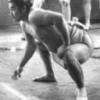Sign in to follow this
Followers
0

Top 50 rikishi since 1995, end-year ATP-style rankings, ATGs compared
By
HenryK, in Ozumo Discussions

By
HenryK, in Ozumo Discussions